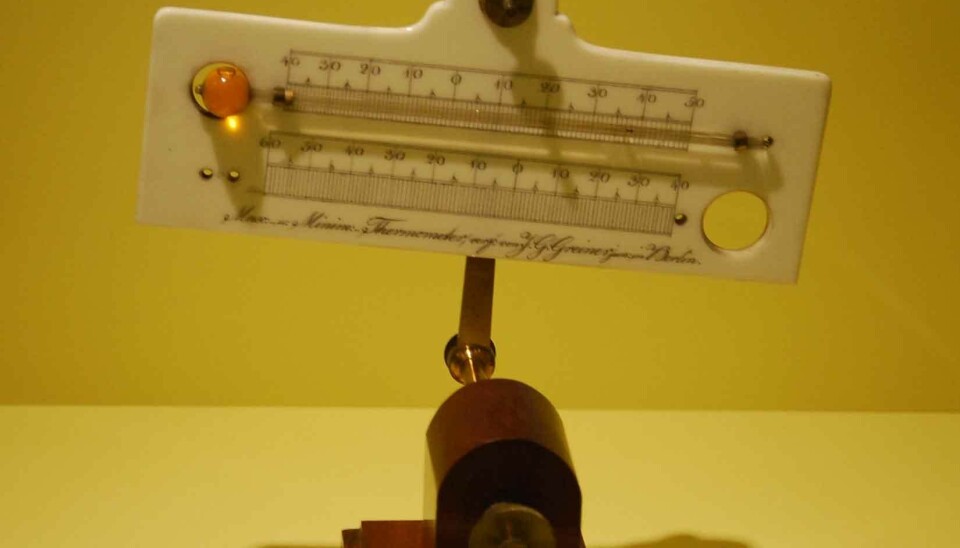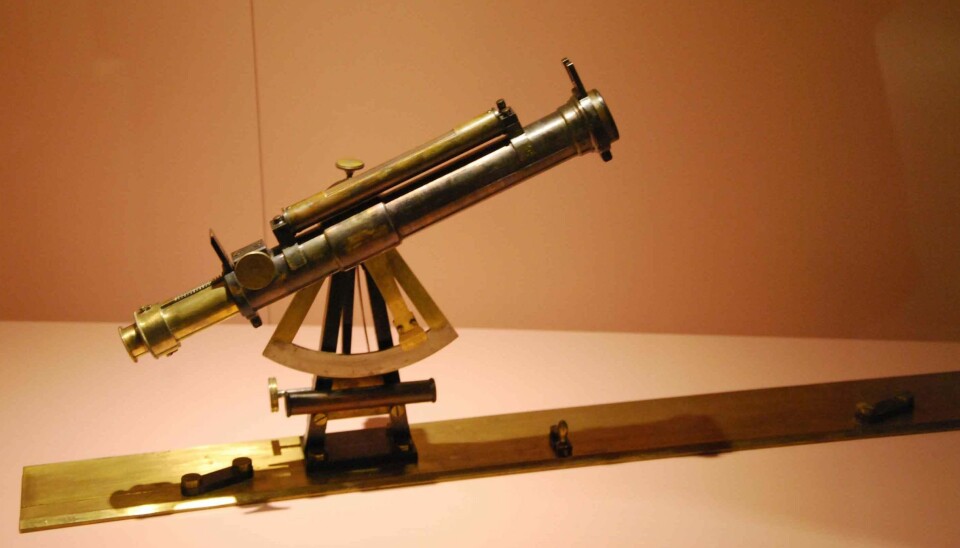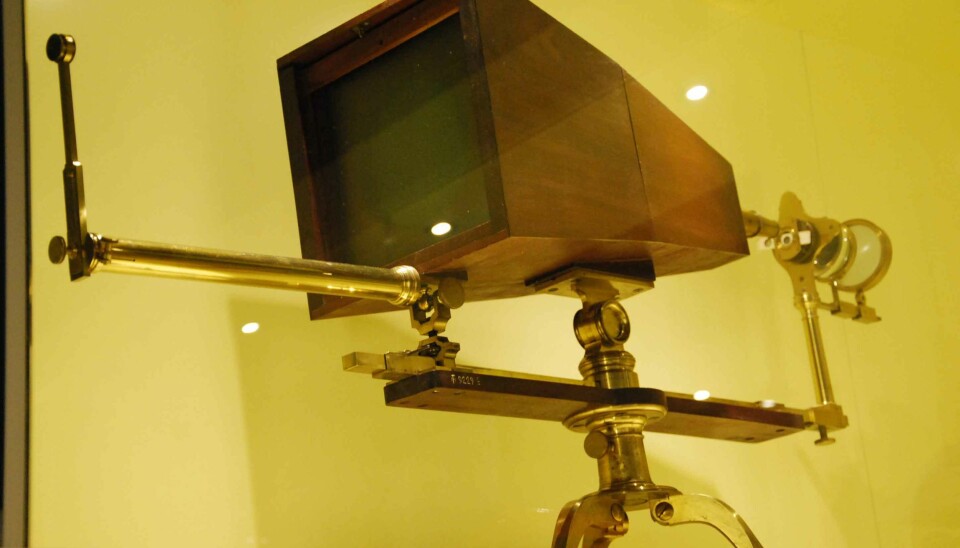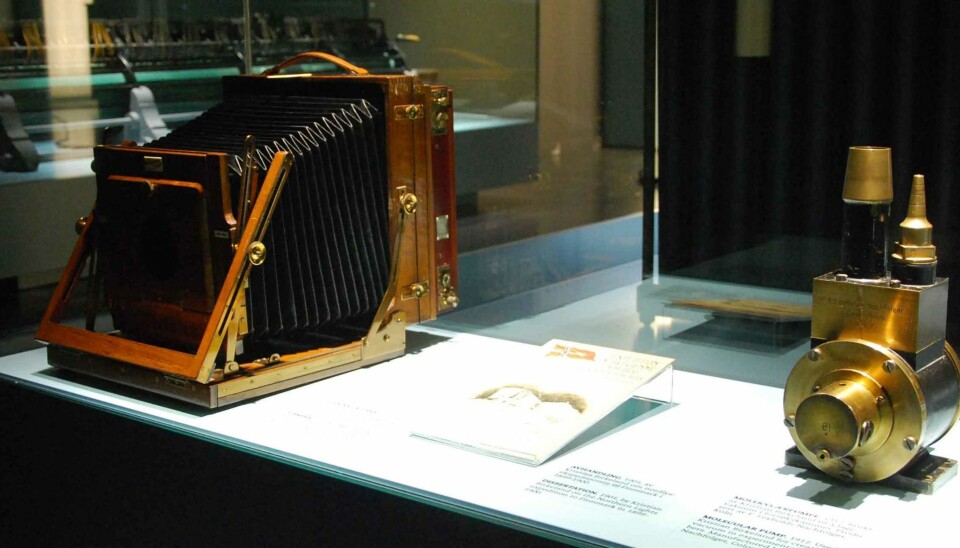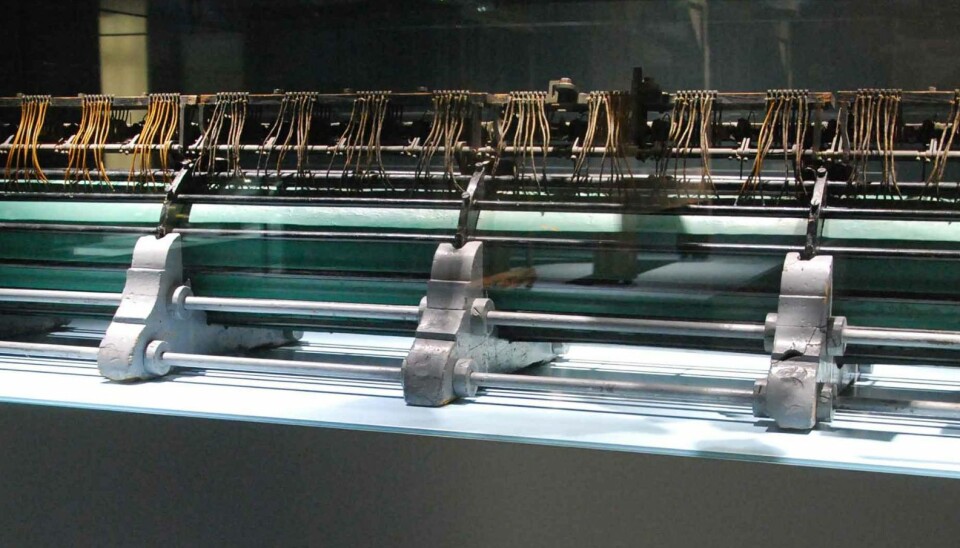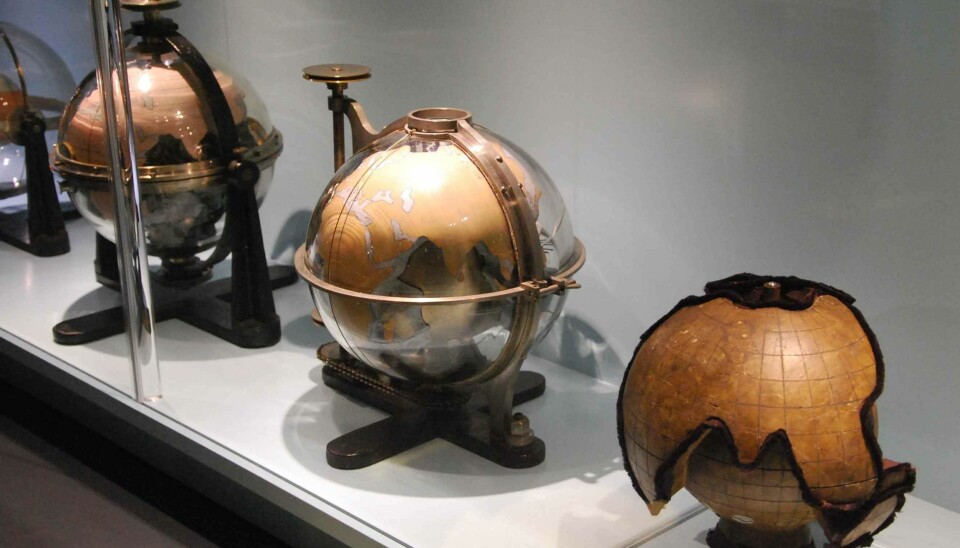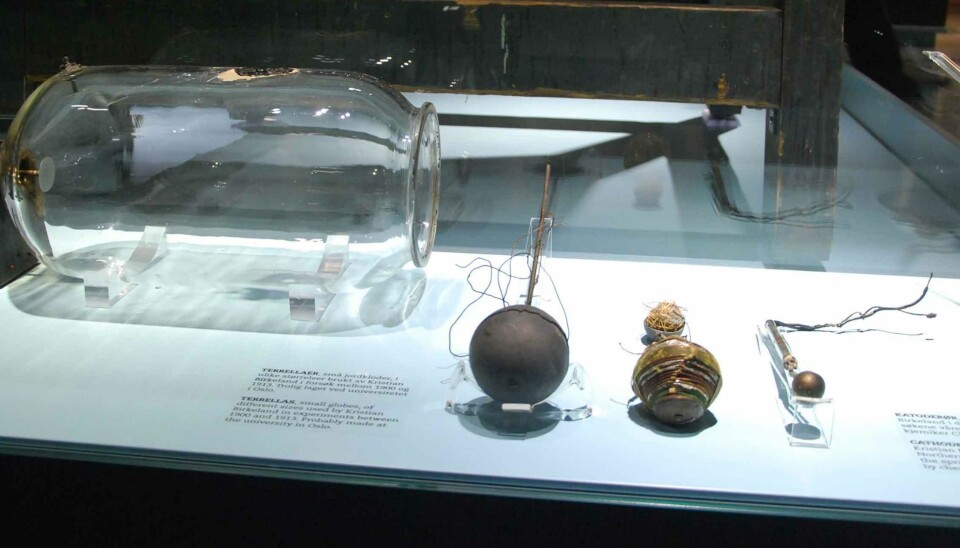See early physics instruments
Scientific instruments from the 18th and 19th centuries are now on exhibition in Norway. See photos here.
Denne artikkelen er over ti år gammel og kan inneholde utdatert informasjon.
A new exhibition at the Norwegian Museum of Science, Technology and Medicine in Oslo is devoted to scientific instruments from the 1700s and 1800s.
Then, as today, physics research entailed experiments and systematic investigations relying on highly accurate instruments.
The instruments were also essential tools for demonstrating knowledge, either to entertain the public or to educate students.
The exhibition, which opened this week, mainly features instruments from the Physics Cabinet at the University of Oslo.
Here you can see the instruments that were used by several noted Norwegian scientists, including Carl Anton Bjerknes and Kristian Birkeland.
Translated by: Glenn Ostling










